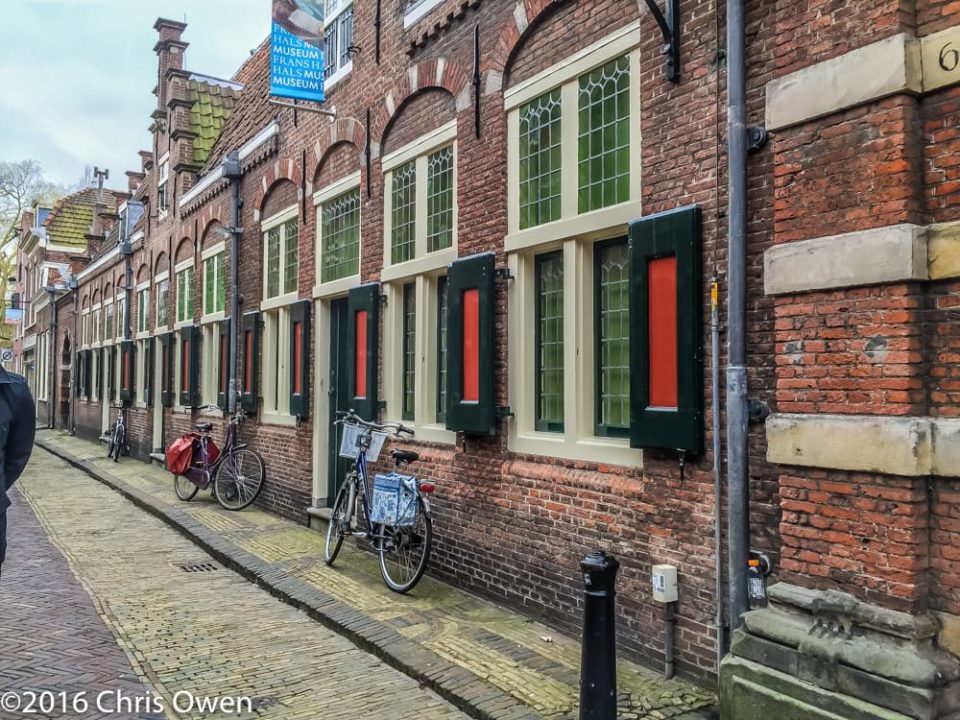
Beyond Cruising: Europe’s Most Accessible Railway Nations
Omio, the leading travel booking platform, recently released exciting news concerning European train travel accessibility! Their innovative study, focusing on 16 countries, sheds light on the positive strides taken towards inclusive travel experiences. By analyzing accessibility features like wheelchair ramps, visual impairment guidance, and real-time information displays, Omio empowers travelers of all abilities to confidently explore Europe’s extensive railway network.

The Netherlands and Scandinavia Own the Most Accessible Railway Service
Traveling abroad with mobility disabilities demands careful planning. While train travel is an excellent option in Europe, not all stations are wheelchair-friendly. Sweden, Norway, and the Netherlands stand out, with 97-99% of accessible stations. These countries prioritize inclusivity, benefiting everyone. However, Belgium, Denmark, Czechia, and Italy encounter accessibility challenges, with just 25% or fewer accessible stations. Exceptions include Brussels Midi, Copenhagen Central, Prague Main Station, and Rome Termini. Careful consideration is crucial for travelers with disabilities in these regions.

Leaders in Advancing Tactile Pavement Technology
Accessible public spaces with guidance systems are crucial for visually impaired individuals, particularly when traveling independently abroad. Fortunately, European train stations typically offer tactile guidance, with the Netherlands, Germany, and Ireland leading with 97-99% accessibility. Sweden, Norway, France, and Luxembourg also provide extensive tactile assistance. In contrast, Denmark and Poland lag behind, with only 22% and 17% of stations featuring tactile pavements, presenting challenges for independent travel. However, Copenhagen Central and Warsaw Central offer advanced booking assistance.

Digital travel information benefits every traveler
Real-time digital departure boards enhance travel convenience by providing accurate information on train schedules and platform details. For travelers with hearing impairments, visual information is essential.
The Netherlands leads in accessibility, with 99% of platforms offering visual and digital passenger information, followed closely by Germany at 98%. Most European rail networks embrace digital displays. However, countries like Ireland, Spain, Czechia, and Poland lag behind, with only 6 out of 10 platforms offering real-time information, presenting accessibility challenges compared to their European counterparts.

The Netherlands takes the lead in accessible rail travel
Almost all Dutch train stations and trains ensure easy access for everyone, with 99 percent providing pathways for the visually impaired and digital information screens for the deaf or hard of hearing. Only about three percent lack accessible pathways, highlighting substantial progress in establishing an inclusive railway infrastructure. This places the Netherlands at the forefront in Europe, setting an inspiring example of how thoughtful design and dedicated efforts can enhance travel for everyone, regardless of abilities

Czech rail transport has catching up to do when it comes to accessibility
The Czech railway network encounters significant challenges in terms of accessibility compared to other European systems. While all passenger trains offer wheelchair access, only 20 percent of public platforms provide barrier-free access, affecting not just wheelchair users but also those with mobility impairments. Moreover, only half of the platforms have guidance systems for the blind, and around 60 percent offer up-to-date digital travel information. This highlights the pressing need for increased investment to enhance rail accessibility in the Czech Republic.



